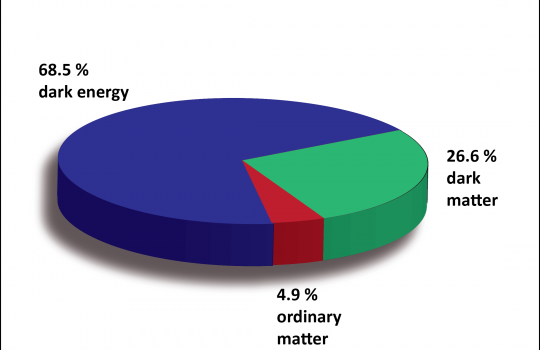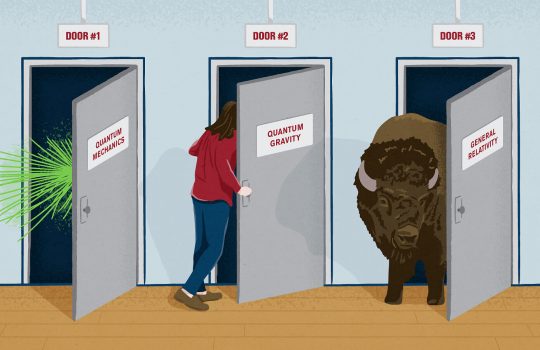Weird muons may point to new particles and forces of nature
From Scientific American, September 14, 2021: Fermilab theorist Marcela Carena writes about the ever changing behavior of muons and the first result of the Muon g-2 experiment that suggested muons were not acting as current theory prescribes in an article titled, “Weird muons may point to new particles and forces of nature,” posted in Scientific American.


